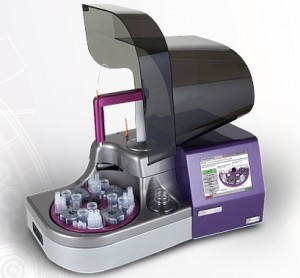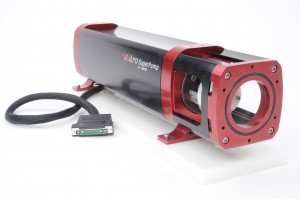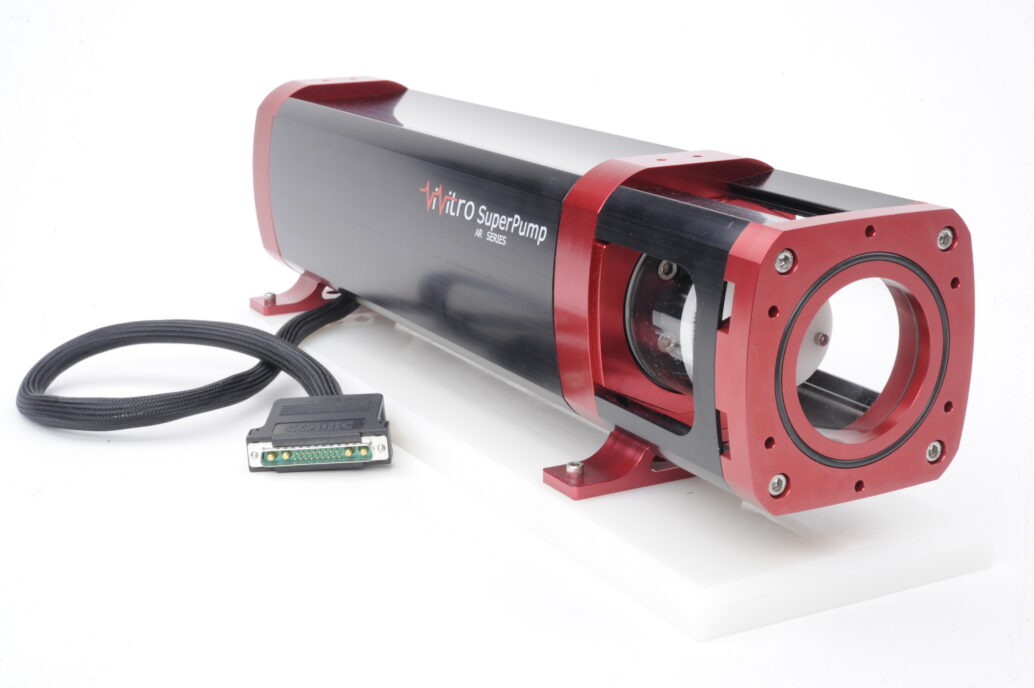Garbage In, Garbage out…
StarFish manufactures medical devices, and one of the coatings we see from time to time is anodizing. Anodizing creates a durable coating that can be a great coating for medical device parts. If aesthetics matter, it’s important not to think of anodizing in isolation, but also consider the inputs into anodizing.

Aluminium naturally reacts with air to form an aluminium oxide on surfaces. Aluminium oxide is quite hard, but the surface oxidation is not very thick. Through the process of anodizing, the oxide coating is thickened and becomes a very useful barrier against corrosion. This is anodizing’s main purpose, but because the anodized surface is also porous, dyes can be added to make parts a variety of colours.
Machined parts, either turned on a lathe or cut through a mill, can be quite artistic. Machining passes leave marks where the cutter has removed material. Using those marks to leave a pleasing pattern enhances an otherwise utilitarian component.
Often the visible surfaces of parts are not 100% machined. Castings are only partially machined, or some of the raw aluminium stock surface is left behind. Is anodizing medical devices still an option? The answer is yes, but the process is not so straightforward. There are a number of pitfalls to beware.
Anodizing will not turn ugly parts into beautiful parts. It will simply turn ugly parts in to colourful ugly parts. Those old enough to recall the dawn of the computer age (Ed. Note: Or the invention of the abacus for those old enough to ignore the computer age) will recall the catch phrase, “garbage in, garbage out”. This adage holds true for anodized parts – if the surface finish of the parts going in to anodization is poor, then a poor surface will come out, and anodizing may even accentuate that poorness. If anodizing is to be used cosmetically, effort must be put into surface preparation.
A number of additive steps can be employed. Processes which impact the surface of aluminium leaving a uniform surface behind include shot peening, bead blasting, and vibratory deburring. They can cover up shallow scratches, machining marks, or other defects. Sanding or Scotch Brite-ing can remove material. Anodizers do not typically use these secondary processes, so they must be an output from the machining/manufacturing process.
The secondary processes cannot be an afterthought. They must be dialled in and controlled. The latter is critical. Surface preparation processes are often manual and can have significant variances. Vendors must understand what’s acceptable and what isn’t – and this can take time, so it’s important to plan that time in budgets and schedules.
All the colours of the rainbow

Red, blue, gold, green, purple. Anodizing can be a great finish, with some wonderfully bright colours. But it takes effort to create a good cosmetic part. The following are some strategies to help you get the most out of your parts:
Using anodizing correctly creates wonderful looking parts. But it’s not without its issues. Just like powder coating has problems like orange peeling, dust motes, or fish eyes, anodizing has its own potential flaws that need to be mitigated (such as the electrical connection point). Work with your anodizer to understand potential flaws and mitigate them.
I call a mulligan. Fortunately, in some cases, the anodizing can be stripped, and the process repeated. But because anodizing (and stripping) removes material before it builds it back up, tight tolerances or critical features will be affected, and may be unusable after stripping and reprocessing.
Anodizing is a process with inherent variability. Despite the best efforts of anodizers, it’s very difficult to maintain a tight control on the colour of the parts batch to batch. Designers need to keep this in mind when choosing anodizing as a cosmetic finish.
Create “limit” samples. Limit samples bracket the allowable colour variation much like a tolerance on a dimension. Some colours are more problematic– red being the worst offender. Whether it’s the sensitivity of the dyes, or just our eye’s ability to pick out colour, it is very difficult to maintain a consistent red colour batch to batch. Too little and it appears pinkish. Too much and it appears garnet.
Anodize sets of same colour parts together rather than parts running through the baths, one part type after the other. Running the set at the same time limits the batch to batch variation in the set and maintains a consistent colour across the set.
Although red is perhaps the most difficult, gold, blue, and even black, can have variation from part to part. Surface preparation will go a long way in making parts more consistent, but colour variation will still be present.
Anodizing is based the material properties of the aluminium itself. As such, even in similar grades, there can be variations. Casting alloys can anodize very differently than wrought material. These variations can manifest in the anodizing process as colour variations; so when choosing a set of parts, the material should be the same grade if possible.
Choosing anodizing can be a great way to create beautiful medical device parts. However, it is a process, and like any process, it varies. Once you are aware of the pitfalls, anodizing medical devices can be the ideal solution.
Dana Trousil is a StarFish Medical Mechanical Engineer. He has successfully launched many products, with experience in a variety of processes, including anodizing medical devices.
Lead Image: StarFish Medical
ViVitro SuperPump Image: ViVitro Labs
